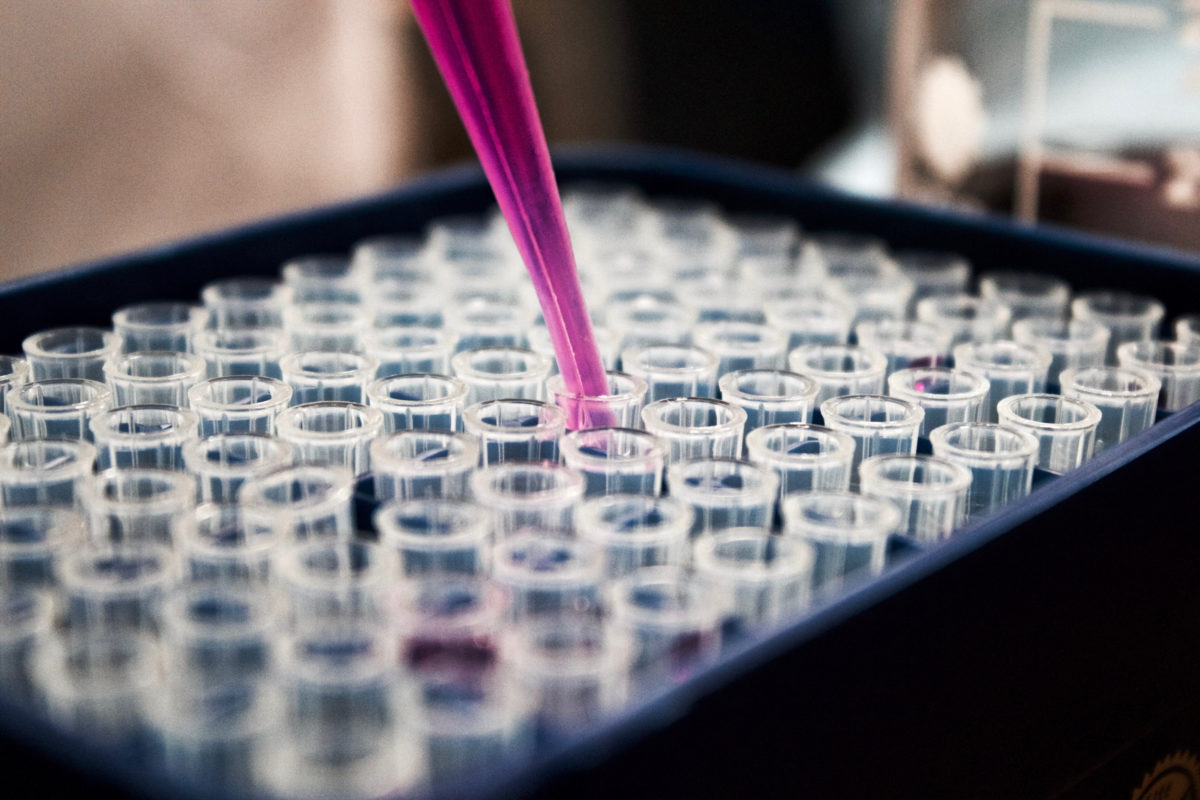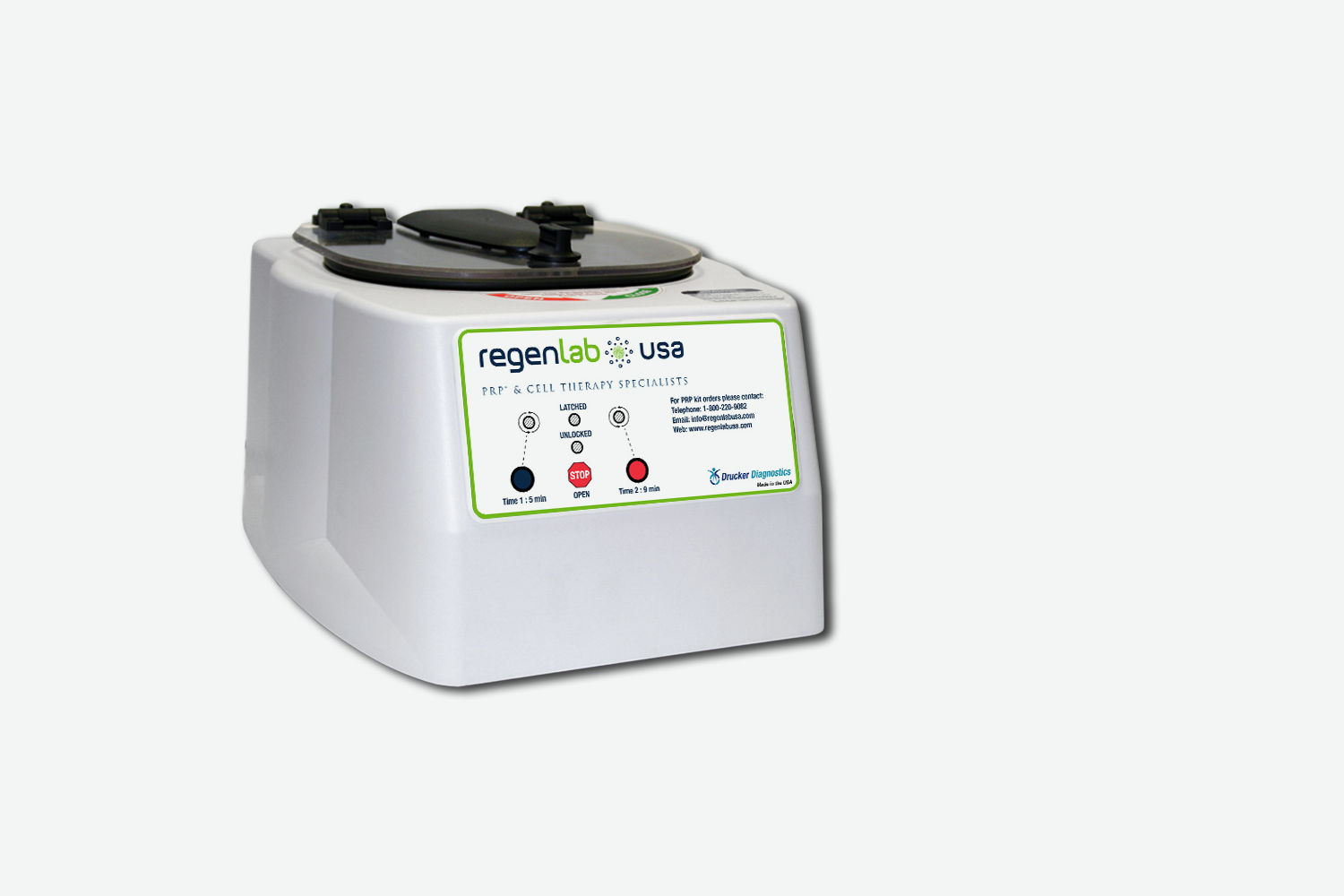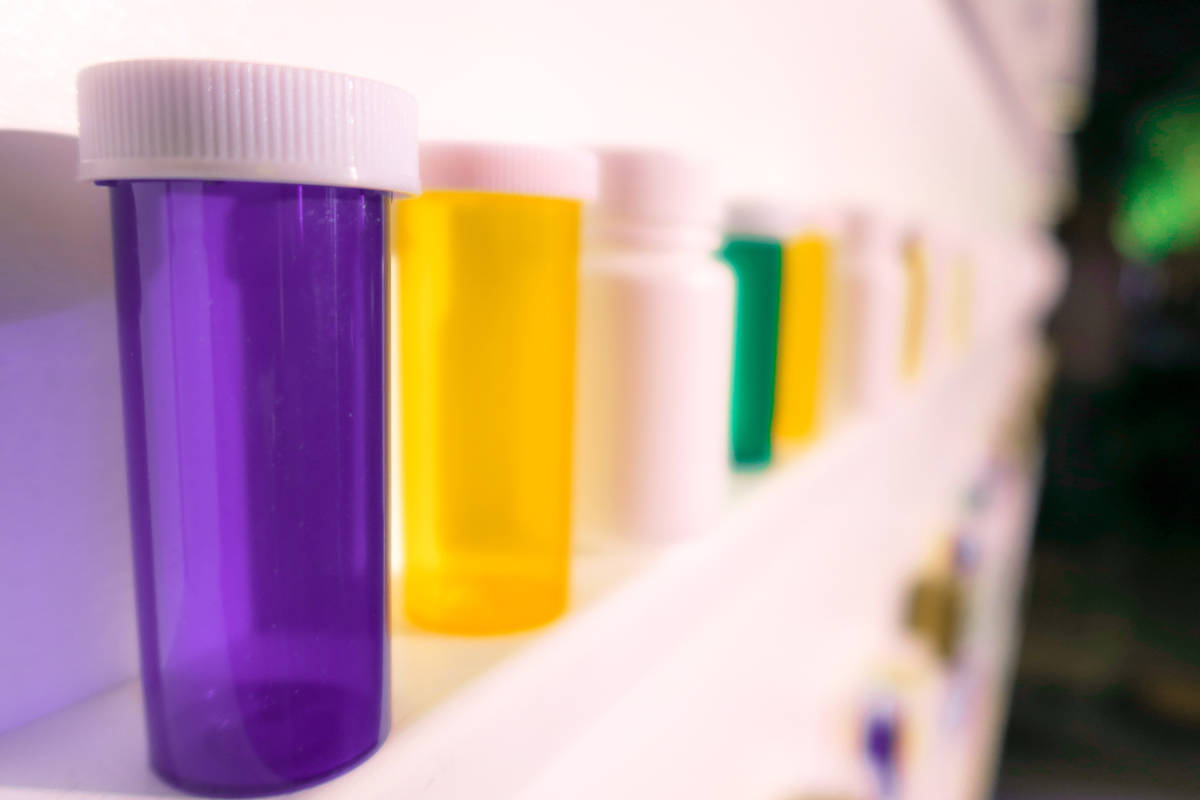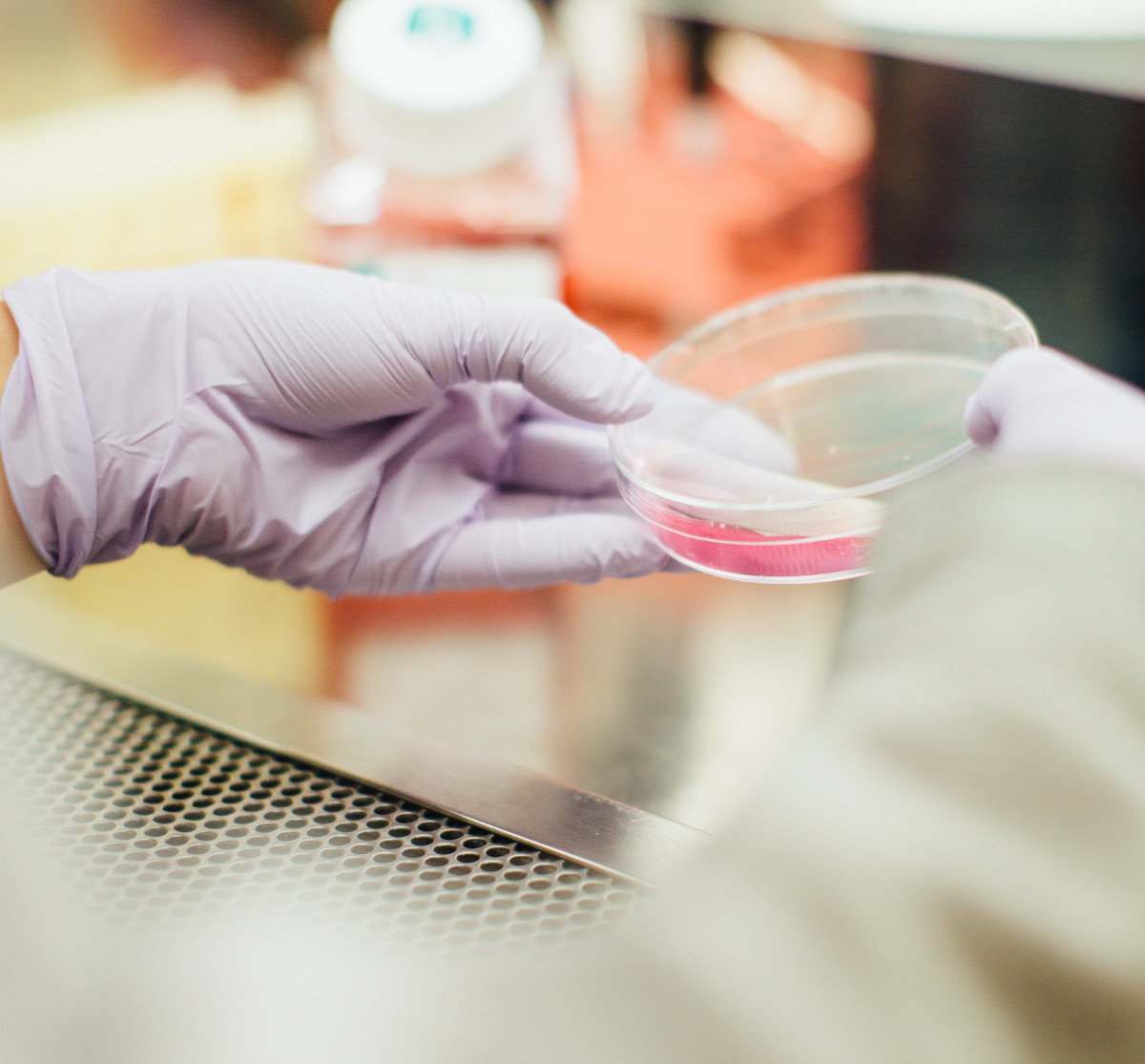PRP (Platelet Rich Plasma)
Natural hair growth booster
PRP (Platelet Rich Plasma) therapy is a non-invasive, biologically active approach for the treatment of hair loss. It is based on the use of the patient's own blood, utilizing the platelet-rich plasma components for the enhancing hair follicle regeneration.
Are all PRP treatments the same?
No, and this is very important to know. The term PRP (Platelet Rich Plasma) is general and includes a wide range of protocols and techniques, which are not all equally effective.
OR effectiveness of treatment depends on critical factors such as:
🔹 The exact concentration of platelets in the final sample
🔹 The ratio of plasma and other bioactive elements of the blood
🔹 The medical application protocol (depth, points and method of injection)
🔹 And, most importantly, the quality and technology of the centrifuge device used to prepare PRP
Choosing the right equipment is crucial. Not all centrifuges are the same and many times they are used uncertified or non-medical systems, which cannot guarantee proper blood processing.
At the same time, it is important to know With what medical criteria is PRP treatment recommended for you?Medical personnel should assess the specific condition, to choose the appropriate protocol and to scientifically document his therapeutic approach.


What is injectable PRP?
The creature is the liquid component of blood and makes up approximately 55% of its total volumeThree basic types of cells are suspended within the plasma:
- The red blood cells, which transport oxygen
- The white blood cells, which protect against infections
- And the platelets, which are involved in blood clotting and wound healing
The PRP (Platelet-Rich Plasma) is a specially processed plasma solution, which contains much higher platelet concentration — usually up to 5 times more compared to normal blood.
How does PRP work?
After injury or inflammation, platelets are activated and release growth factors – special proteins that:
- They stimulate the tissue healing
- They strengthen the cellular regeneration
- And they promote the vascularization and oxygenation of the area
In the scalp, these growth factors activate dormant hair follicles and improve their microenvironment, strengthening the new hair growth and the life cycle extension their.
Injectable PRP, therefore, constitutes a biologically active hair regrowth treatment, utilizing the self-healing properties of your own body.
How does PRP work?
We don’t know exactly how platelet-rich plasma (PRP) stimulates hair growth. There are limited studies that show that PRP can stimulate hair growth in laboratory settings and in clinical trials. It is thought that the growth factors in PRP stimulate new blood vessels, enhance the natural wound healing process, and possibly stimulate stem cells. However, more research is needed to determine how PRP works in relation to hair growth.
After the blood draw is complete, the platelet-rich plasma is separated from the rest of the blood through an automatic centrifugation system.
We will need to collect 44 ml of blood, a little more than is required for a common blood test. We use a butterfly needle and most patients report that this procedure is painless.
What does PRP treatment involve?
The treatment begins with the application local anesthesia into the scalp, through small injections, so that the process is comfortable and painless. We use a combination analgesia techniques and specialized tools, to ensure that you experience the least possible discomfort.
After centrifugation is complete and the platelet-rich plasma (PRP) from your blood sample, the PRP injected directly under the skin of the scalp. The injections are made at a specific depth and with pinpoint accuracy, where there is a need to enhance hair growth.
How many sessions are needed?
For best results, we recommend:
- 3 PRP sessions, with an interval about 4 weeks
- For the maintaining results, recommended one repeat session every 6 to 12 months, depending on your organization's needs and response
PRP treatment is fast, secure and completely personalized, aimed at naturally strengthening your hair — from the roots.

Are there any risks to PRP treatment?
PRP treatment is considered extremely safe, as platelet-rich plasma comes from exclusively from your own bloodThis means that there is no risk of allergic reaction or rejection, as is the case with exogenous materials.
To this day, no reliable scientific study has not shown any serious side effects or risks associated with PRP treatment. On the contrary, the method is used widely for decades in specialties such as orthopedics, the dermatology and the dentistry, with excellent safety profile.
Mild and transient reactions
In some cases, patients may experience:
- Mild discomfort or sensitivity at the injection site
- Local swelling on the scalp or forehead
- Very rarely, mild redness or a feeling of “pressure” in the area
These symptoms are transient and they subside spontaneously within 3–5 days, without requiring any special care.
In any case, PRP is applied by specialized medical personnel and to fully controlled environment, in order to ensure maximum safety and comfort throughout the treatment.
Contraindications
You must inform us in the following cases:
Are you a candidate for PRP?
PRP (Platelet-Rich Plasma) therapy is an excellent option for those who wish to address hair loss in a natural, non-invasive way. It can be applied either autonomously, either as a complementary therapy in combination with hair transplantation, depending on the clinical picture of each patient.
1. Independent treatment:
For men and women who are experiencing hair thinning, but not to the point of being candidates for hair transplantation. For men and women who cannot tolerate other medical treatments, such as Propecia (finasteride) or Regaine (minoxidil), or want to use them in combination for added benefit.
2. As a supplement to hair transplant surgery:
PRP can be used to:
- After the transplant, for the acceleration of healing and the enhancing regeneration both in both in the donor and recipient area
- In cases where the donor area is limited, and is not sufficient for complete coverage – PRP can stimulate hair growth in areas where no implantation took place
- As a medium stabilization of existing hair growth, in order to limit further loss and strengthen the overall picture
Although clinical studies on the use of PRP in combination with transplantation are ongoing, the results to date are clinical data and empirical observations they show particularly encouraging results.

Book your appointment!
What is PRP treatment for hair?
PRP (Platelet-Rich Plasma) is an autologous treatment that utilizes the patient's own plasma, enriched with platelets, to activate hair follicle regeneration and reduce hair loss. It is 100% natural, without pharmaceutical substances.
In which cases is PRP treatment indicated?
The treatment is indicated for men and women who experience:
-
Hair thinning
-
Hair loss due to stress or hormonal changes
-
Androgenetic alopecia
-
Hair with weak hair and no volume
Ideally applied in the early stages of hair loss.
When are the results visible?
The first results begin to appear after 1-2 months. The hair is stabilized, hair loss is reduced, and the density and quality of the hair gradually improve. A series of 3-6 treatments is recommended for optimal results.
Is there a recovery time?
PRP is completely safe as the patient's own blood is used. There may be mild irritation or redness on the scalp for a few hours. No need to stop daily activities.